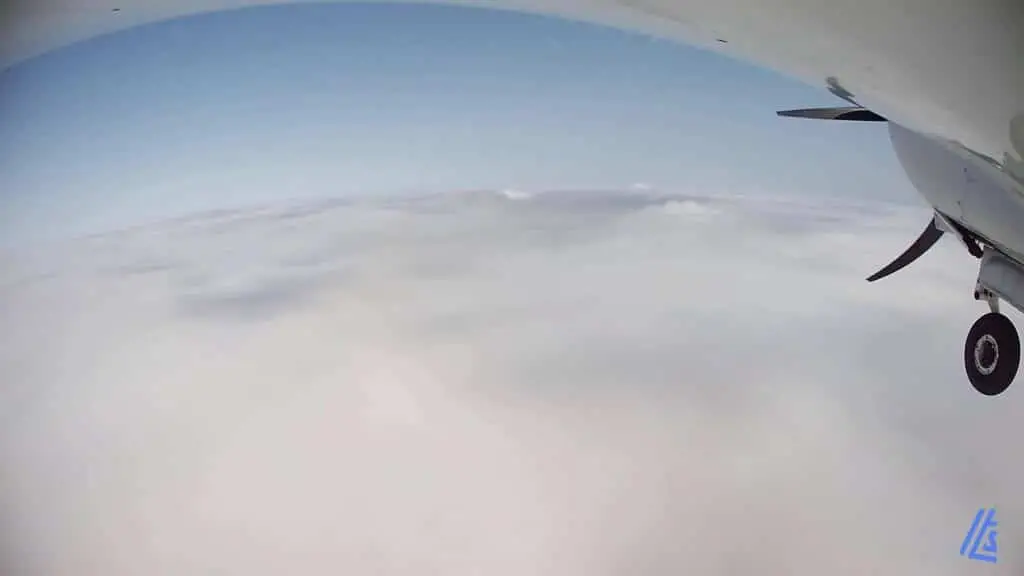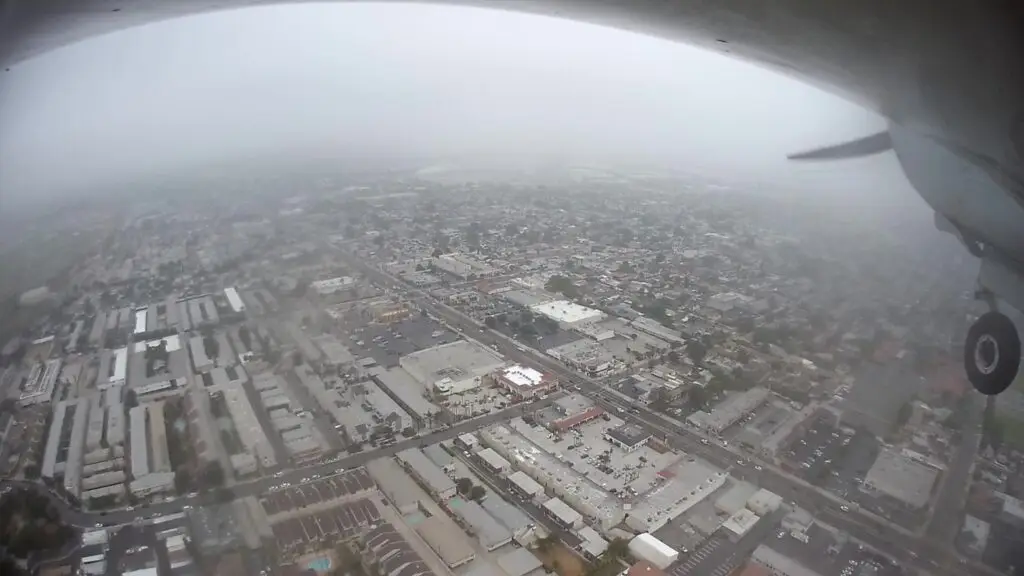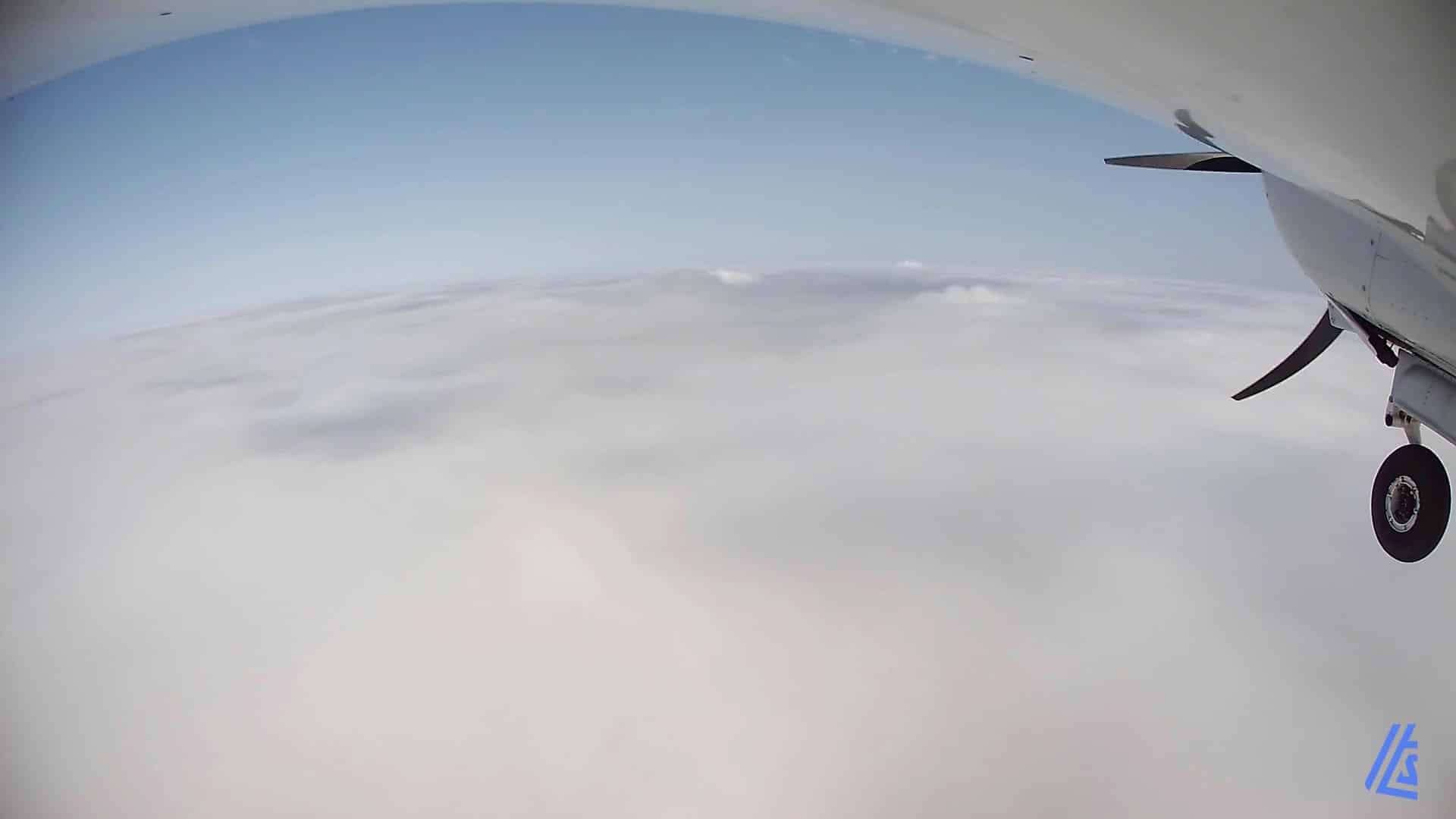This was first published in The Mooney Flyer in the August 2021 Edition.
If you have been following along on my Blog, you know that I started the flying portion of my IFR training in February of this year. It is something I have wanted to accomplish for quite some time, but I was waiting for some panel upgrades to begin. The upgrades were completed in September 2020 and then I just procrastinated. I gave myself a deadline to pass the written, and then for some extra motivation scheduled and paid for the exam. When 2020 finally came to an end I had a piece of paper that said I had passed the written exam.
I fly out of Southern California, the LA area, and we don’t really see much weather. We will typically get some rain in the Spring and then the months of May and June have a consistent morning marine layer that burns off by mid-day. Those weather patterns are affectionately referred to as “May Gray” and June Gloom.”
I am now a little over 20 hours into my IFR training and you would think that having gone through the months of May and June I would have seen some actual IMC, but you would be wrong. I would schedule lessons for Saturday mornings and the marine layer would either have burned off early or never even materialized overnight. However, if I was planning a VFR cross country, like a recent trip to St George, it wouldn’t burn off until close to noon. On weekdays I would be in my office looking out the window at a marine layer which would hang around until early afternoon. The IFR God’s were laughing at me.
On June 19th, with an 8:30am flight scheduled, the stars finally aligned. It would be my 19th IFR training flight, and I finally flew in actual IMC.
I arrived early to the airport so I could pre-flight the plane before my CFII arrived. The skies over KFUL had a few lingering whisps of clouds. I had been looking at the weather at Long Beach KLGB and Torrance KTOA to the west, and while KLGB was reporting broken skies KTOA was reporting overcast at 800.
“Let’s request flight following to Torrance, and once we’re in the air if it is still socked in, we can get a pop-up clearance to fly the approach,” my CFII said.
I was trying to keep my excitement in check. We had tried to find some actual IMC to fly approaches before and it never worked out. Way back on March 19th, flight #8 was to Palomar, KCRQ. We had filed an IFR plan and before departing the ceilings were reported at 600’. The LPV minimums go all the way down to 202’ AGL, it was going to be perfect. As we were cruising southeast along the coast past Camp Pendleton, I asked my CFII how the field was looking. “It’s completely clear” came the reply. Once again, the IFR God’s were laughing.
So, on this particular morning I was trying not to get my hopes up. We lifted off, I gave him the controls, put the foggles on, took the controls back, and turned to a heading of 120 while calling up SoCal approach. You know that feeling when you need to ask a question, but you don’t want to ask because you are afraid of the answer? That was the feeling in my gut as we leveled off at 2,500’ and I asked, “So how’s it looking?”
“It’s still socked in” came the reply.
“YES!” I yelled inside my head.
I called up SoCal and asked for IFR clearance to fly the RNAV RWY 29R approach. I was told “On Request,” and shortly after that we were given the clearance along with a new vector, then another vector to intercept final, and cleared for the approach. As we approached the FAF I dropped the gear and my CFII said “Take the foggles off, I want you to see what it looks like when you go in and break out.” I removed the foggles and was looking out at a blanket of clouds.

As I looked out the windscreen and could not see any ground, the thought that went through my mind was “I’m going down into that?” I had many hours with the foggles by this point and had become comfortable flying with them. I had flown many approaches, recovered from unusual attitudes, made turns to headings, climbs, descents, all the things you do when working on an Instrument Rating. However, during all those maneuvers there is this little thing in the back of your mind that knows the person in the right seat can still see the ground. Right now on this flight, it was going to be real.
I pulled the power back to begin the descent from the FAF and as we got closer to the clouds my heart rate increased by at least 30 beats a minute. As I had been taught, I was on the instruments before going into the clouds, with my heart racing. I had the camera going under the wing and comparing the time stamps on the video along with Cloudahoy, we entered the cloud layer at about 1,400’. As we continued the descent, I started to catch some glimpses of ground below in my peripheral vision. I stayed on the instruments with only a quick glance up as part of my scan. It felt like we were in the clouds for about five minutes, but the reality was that after a minute in the clouds we broke out about 700’. And then there it was, right out in front of me, the runway, and it looked great.

We landed and exited the runway. When I called up Ground to taxi back, I also requested the TEC route back to KFUL. Sitting in the runup area we enjoyed the wonderful world of waiting for an IFR release. We were fourth in line, and Tower was apologizing for the delay because SoCal was “understaffed.”
Eventually we were next in line and received our clearance to take off. The ATIS said there was a broken layer at 600 and overcast at 800. Normally about 2-300’ AGL I give my CFII the controls so I can put the foggles on, but he again wanted me to have them off and experience going into the clouds and coming out of them. Before we got into the broken layer I was on the instruments and again what was only a minute until we broke out into sunny blue skies felt like four times that long. I gave my CFII the controls so I could put the foggles back on, we were vectored around in the climb, and it was an uneventful flight back to intercept the RNAV 24 approach into KFUL.
I was surprised by two things on the flight, the time warp in IMC that seemed to take forever to go through, and the pace of my heart as we descended into the layer. I am just hoping the Gods will smile down on me and give me some more actual during my ongoing training.


